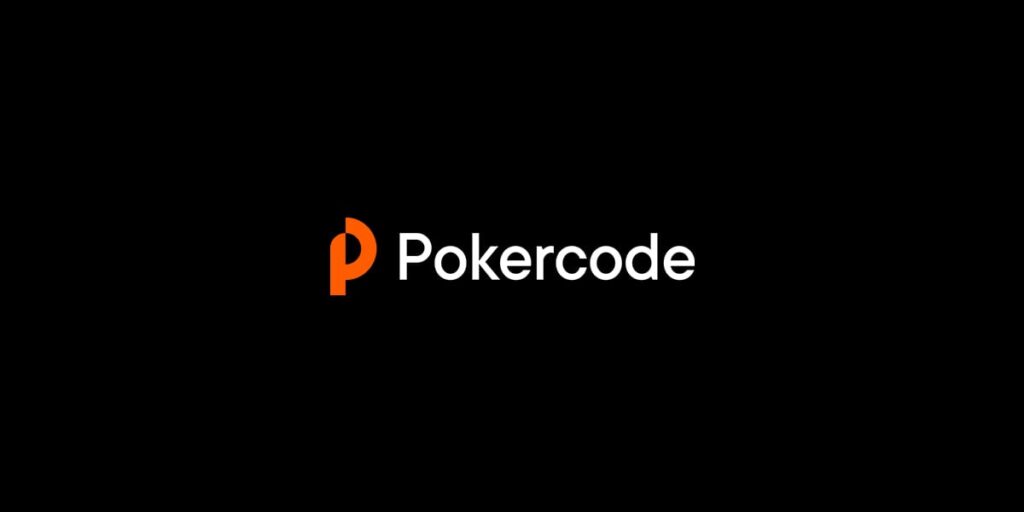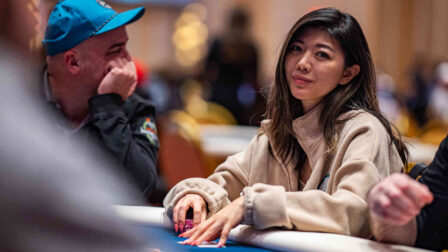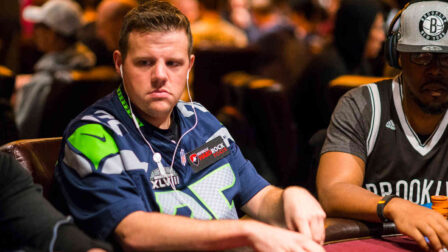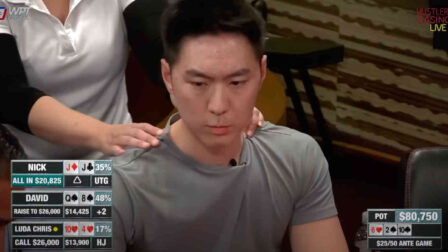Playing Against Raises in Position When Deep Stacked – Expert Tips by Fedor Holz

2 minutes
Last Updated: November 5, 2023
If you want to become a top player in your games, make sure to learn from the best and check Pokercode.
…
In today’s article, I’ll cover an important topic of handling raises when playing with deep stack and in position to the original opener.
Right off the bat, there are three important things you need to consider in these situations:
- The original raiser’s position (are they opening from an early or later position)
- Your own position, i.e. how many people are left to act behind
- Stack sizes of players yet to act
If there are short stacks sitting behind you, you’ll have to be much tighter with your ranges, as you’ll likely face more all-ins.
What Hands to 3-bet With?
Generally speaking, when facing a raise in position, we’ll want to 3-bet our medium-strong equity hands. As an example, let’s look at the situation of HJ vs an early position opener, which immediately means we’re dealing with fairly tight ranges.
Playing 60 big blinds deep and facing a fairly standard open of 2.3x in today’s tournaments, our 3-betting range is somewhat polarized. We’ll 3-bet with about 12% of our range, and calling in these spots is much less valuable since there are quite a few players still left to act.
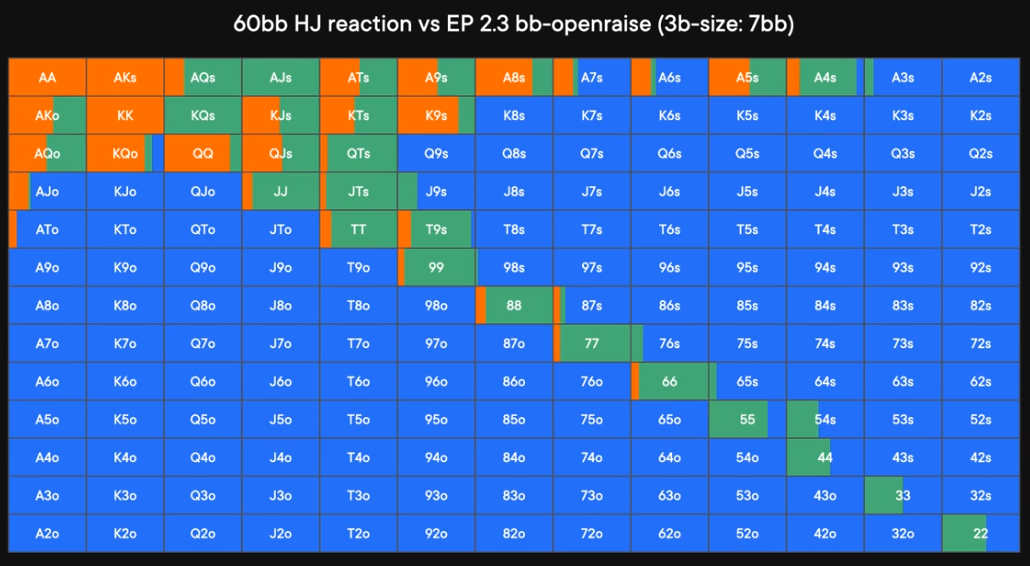
What’s really important in these situations is to mix our frequencies. What this means is that we don’t want to just have one specific type of hand.
Instead, make sure you have a good mix of hands in there so that you remain unpredictable and have good board coverage across different textures.
Now, let’s compare this to a different scenario, where we’re in the button and facing an open from the cutoff.
As you can see, our range has expanded a lot. Playing on the button, we’ll always have the position on all future streets, and this is the most profitable position in general. This allows us to play a much wider scope of hands.
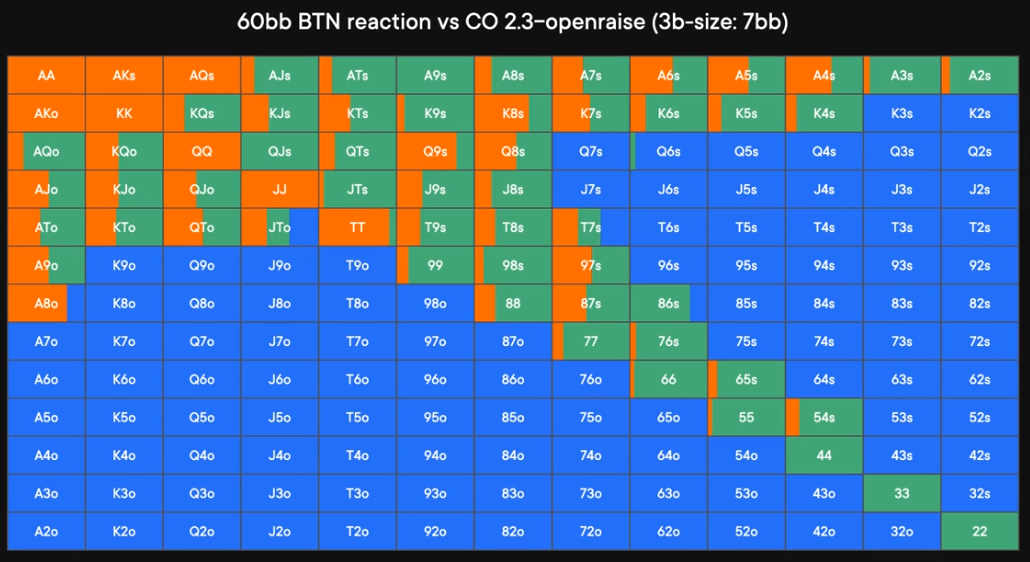
When deciding between calling and 3-betting, the value of both actions is often very similar. The most important thing is that we don’t fold too often. A lot of players make the mistake of folding way too many hands in this particular spot.
Adjusting to Weaker Opponents
After covering some general ideas about facing raises in position, let me give you an example of how you can adjust to specific player types to get an even bigger edge.
In this example, I’m facing a CO open from a passive player with calling station tendencies.
What I like to do in these situations is start with a top-heavy range and go linearly towards the bottom. So, I will 3-bet my strong hands like big pocket pairs (down to pocket sevens), good suited aces, and suited broadways.
I will still have a pretty wide calling range, too, as I want to play this opponent in position. However, my strategy will be much less polarized as it is not required for this type of player.
Of course, you can make these adjustments in different directions. If someone’s opening too wide or they are too tight when facing 3-bets, you can make appropriate adjustments.
One final thing to note is that you should always be aware of the players in the blinds. If you know them to be weaker players, you can expand your ranges, as you can be pretty certain you won’t face too much resistance from them unless they pick up a big hand.



